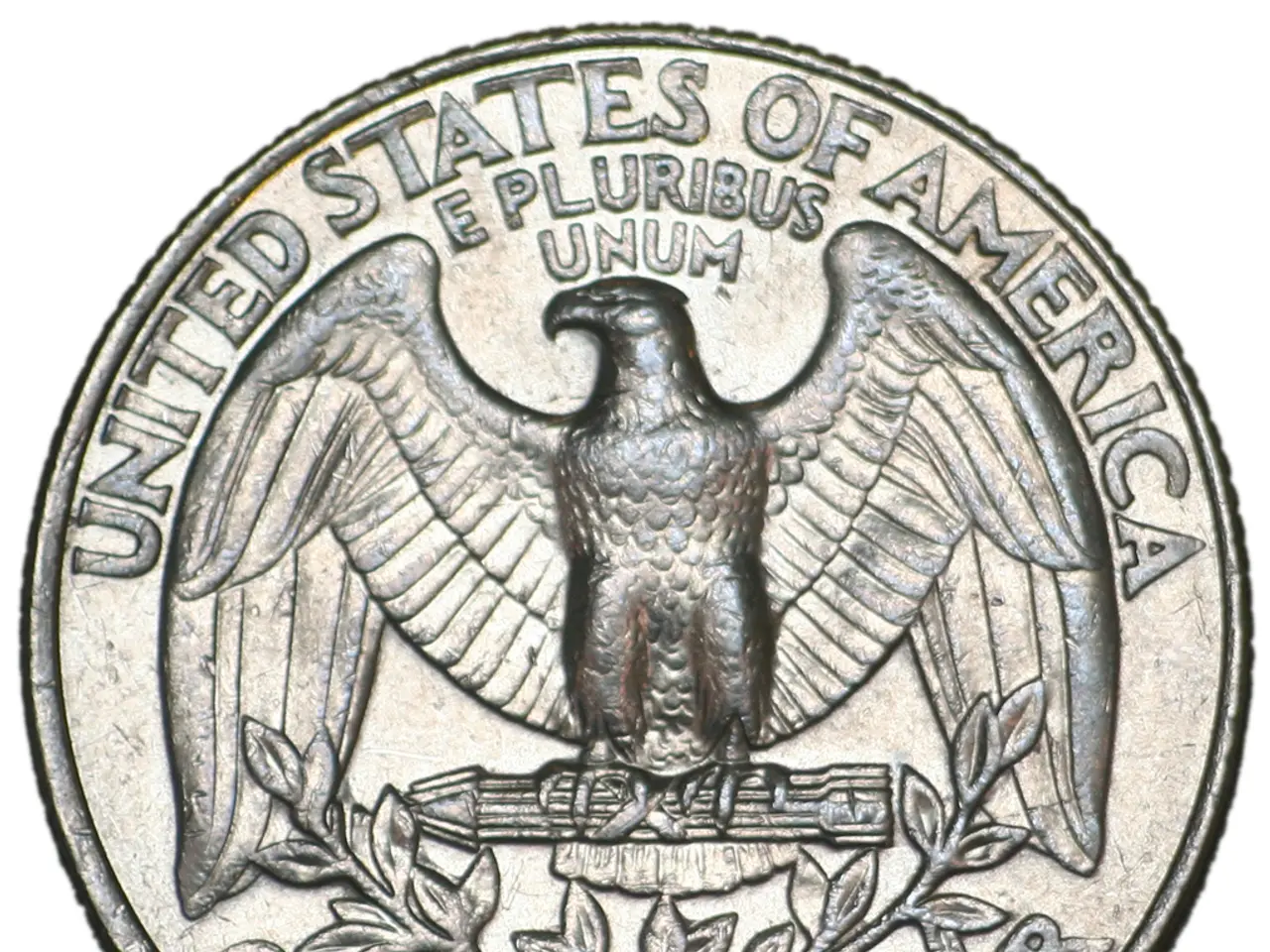Experts regard Bitcoin as a top choice for anti-inflationary savings due to its unique characteristics as a digital asset.
In a world where confidence in traditional fiat currencies is waning due to constant devaluation caused by monetary expansion, Bitcoin is emerging as a solid alternative for preserving the value of money in the long term.
Created in 2009 as a decentralized and censorship-resistant cash alternative, Bitcoin's limited supply, decentralized design, and resistance to manipulation make it a key asset during times of uncertainty. With a hard supply cap of 21 million coins, the cryptocurrency is a scarce asset by design, making it an attractive refuge of value for those seeking to protect their wealth.
One of the primary reasons Bitcoin is considered a key asset for protecting savings against global inflation is its fixed and limited supply. This supply cap means no more than 21 million Bitcoins will ever exist, unlike traditional currencies, which central banks can inflate by printing more money arbitrarily.
This scarcity increases Bitcoin’s value retention potential, similar to precious metals like gold. With over 94% of Bitcoins already mined by mid-2025 and the remaining issuance slowing down over time, the cryptocurrency's scarcity is further strengthened.
Another factor contributing to Bitcoin's resistance to inflation is the halving events that occur roughly every four years. These events cut miner rewards—and thus new Bitcoin creation—by 50%, reducing the influx of new coins and slowing its inflation rate predictably. The last halving was in April 2024, and the next is expected in 2028.
Bitcoin's decentralized and immutable protocol also plays a significant role in its ability to resist inflation. Changing Bitcoin’s fixed cap would require overwhelming consensus across its decentralized network, which is highly unlikely due to community and developer incentives. This immutability supports confidence in Bitcoin as a deflationary asset.
In addition, Bitcoin operates independently of centralized monetary policy, unlike fiat currencies subject to expansionary monetary policies causing inflation. This independence insulates Bitcoin from government or central bank interventions.
The growing institutional adoption of Bitcoin by investors, institutions, and even governments as part of strategic reserves enhances its role as an inflation hedge and store of value, further supporting demand against a capped supply. Companies like MicroStrategy have consolidated their leadership in corporate holdings of Bitcoin, while countries like the United States have considered the creation of a national strategic reserve denominated in Bitcoin.
Analysts project that Bitcoin could surpass $200,000 by 2025 and reach even higher levels in the following years. The Bitcoin 101 course on our website Academy provides medium-level education on what Bitcoin is, where it comes from, and how to get it.
The Lightning Network, a main Layer 2 solution for Bitcoin, is making the cryptocurrency more accessible for daily payments and international transfers. As Bitcoin continues to evolve and mature, it is poised to play an increasingly important role in the global financial system as a solid alternative for preserving savings against global inflation.
In a world where the fiat system, backed only by trust in governments, has proven vulnerable to manipulation by central banks, Bitcoin's design based on blockchain technology offers a transparent and secure alternative. Renowned economist Saifedean Ammous has been a vocal advocate for Bitcoin, calling it a decentralized response to central banks.
As we navigate a future marked by economic uncertainty, Bitcoin stands as a beacon of hope for those seeking a reliable asset for preserving their savings against the erosion of purchasing power caused by global inflation.
Read also:
- EA Relies on Madden and Battlefield to Drive Microtransactions Recovery
- Expense for Creating a Digital Platform for Fantasy Sports
- AI-Enhanced Battery-Swapping Station in Southeast Asia Officially Opens Its Doors
- Honda unveils blueprint for design, advanced driver assistance systems, electric vehicles, fuel efficiency, and technology development








